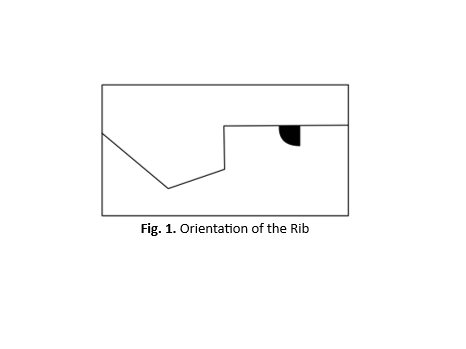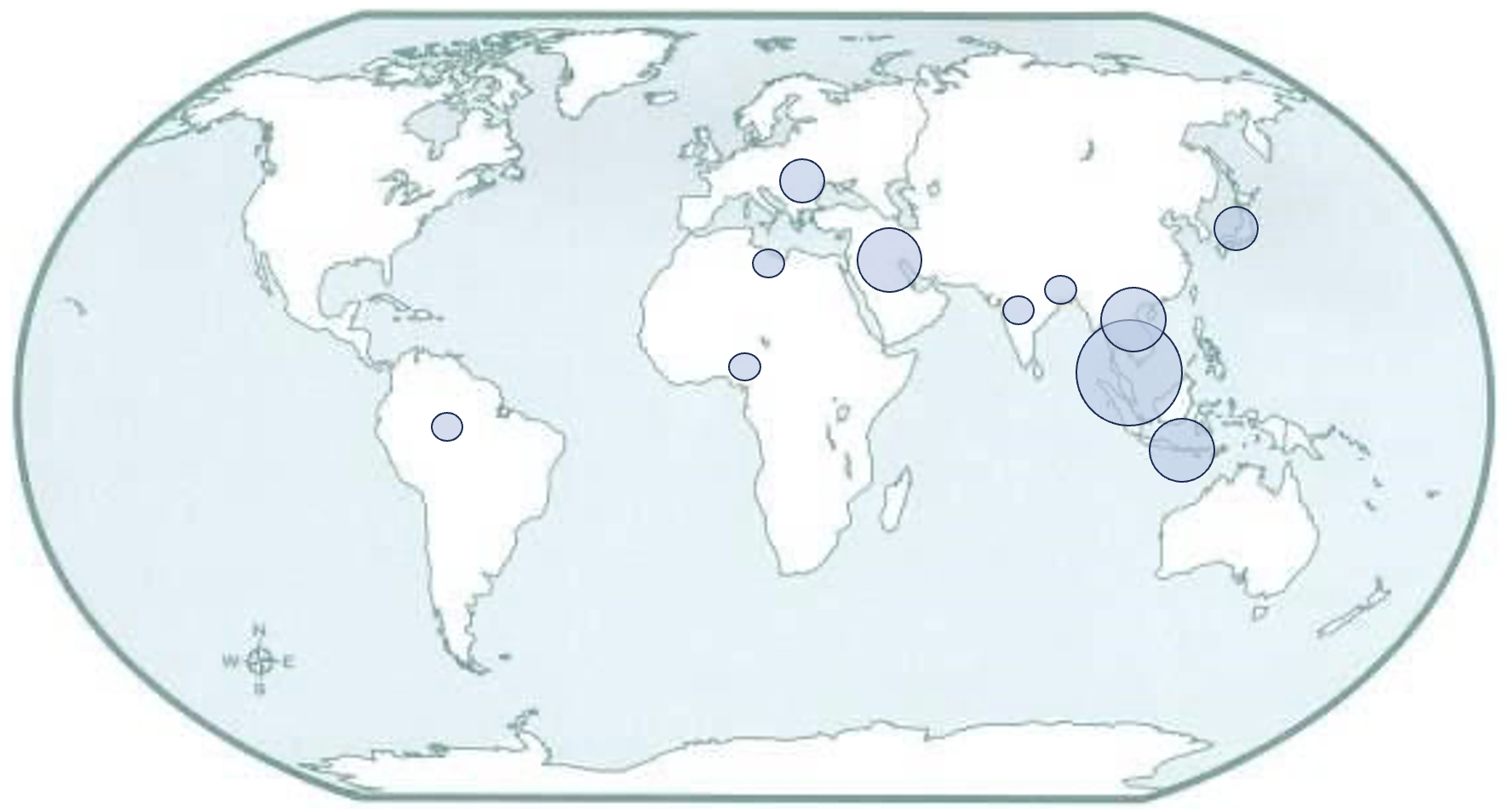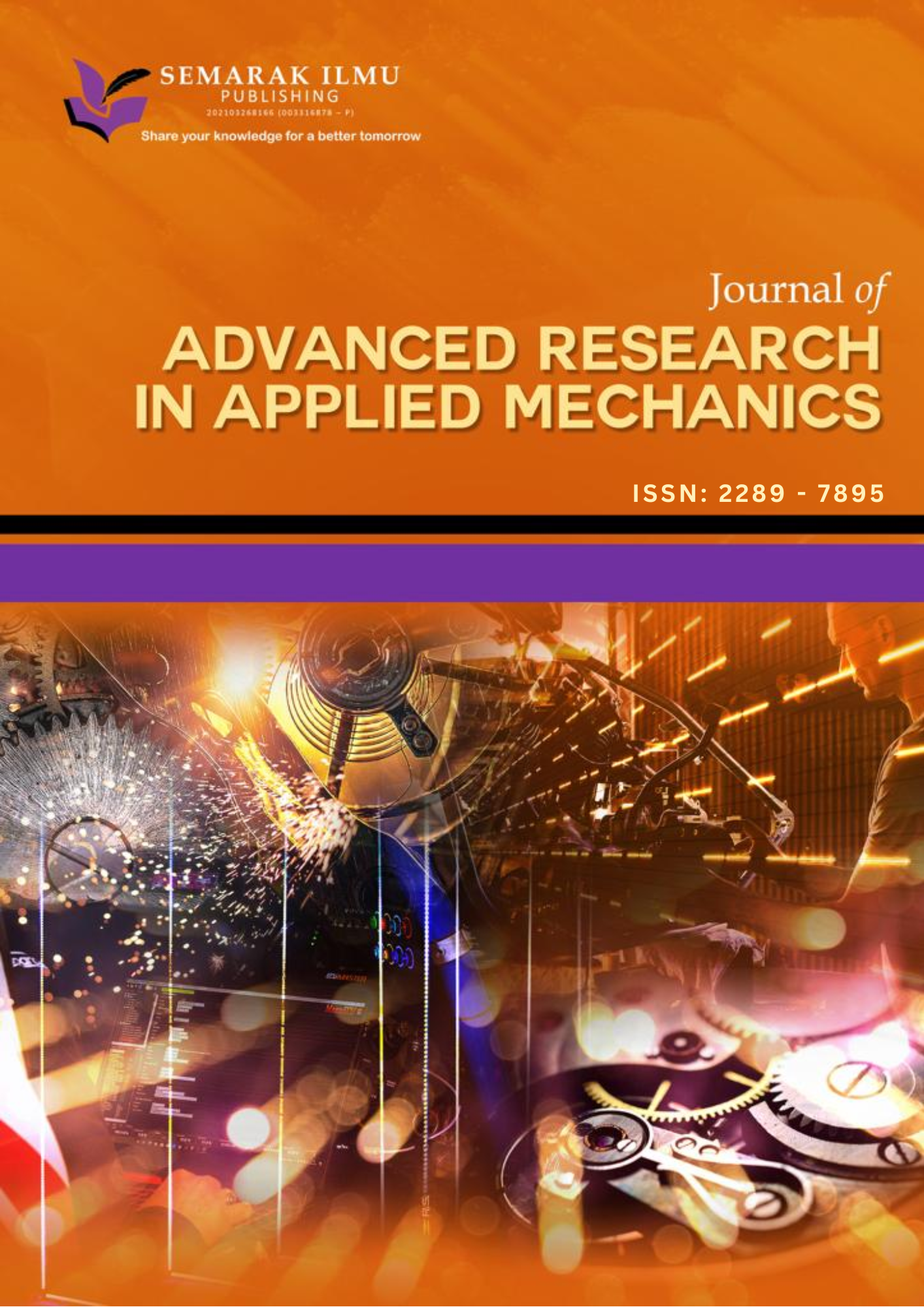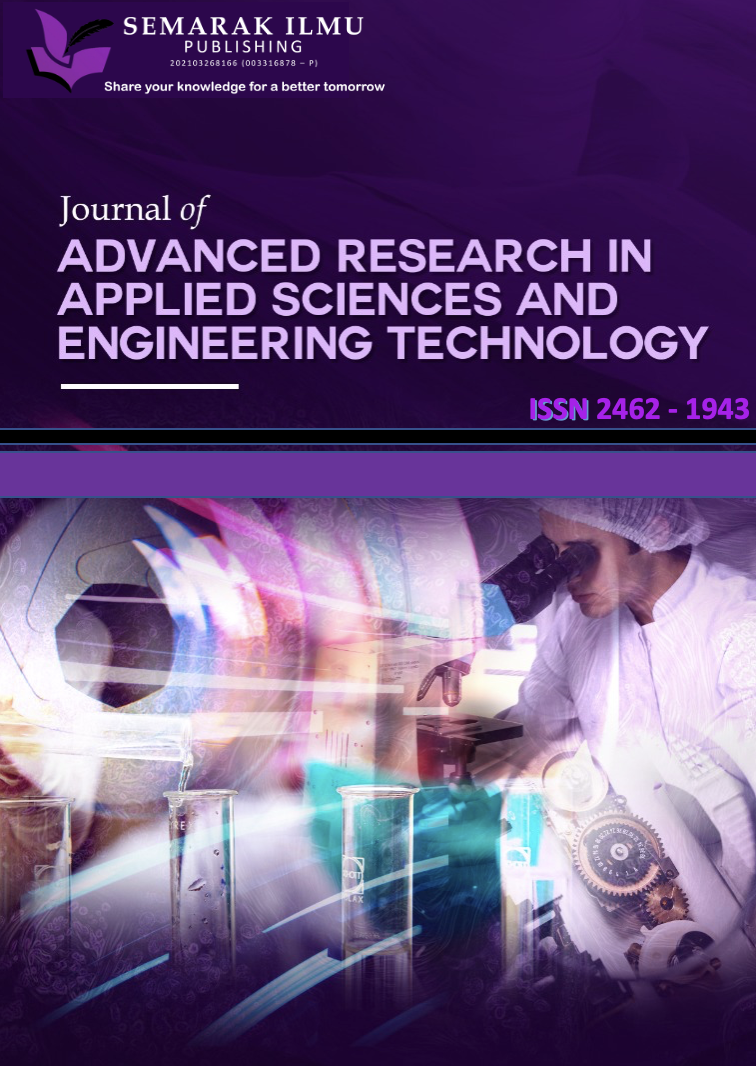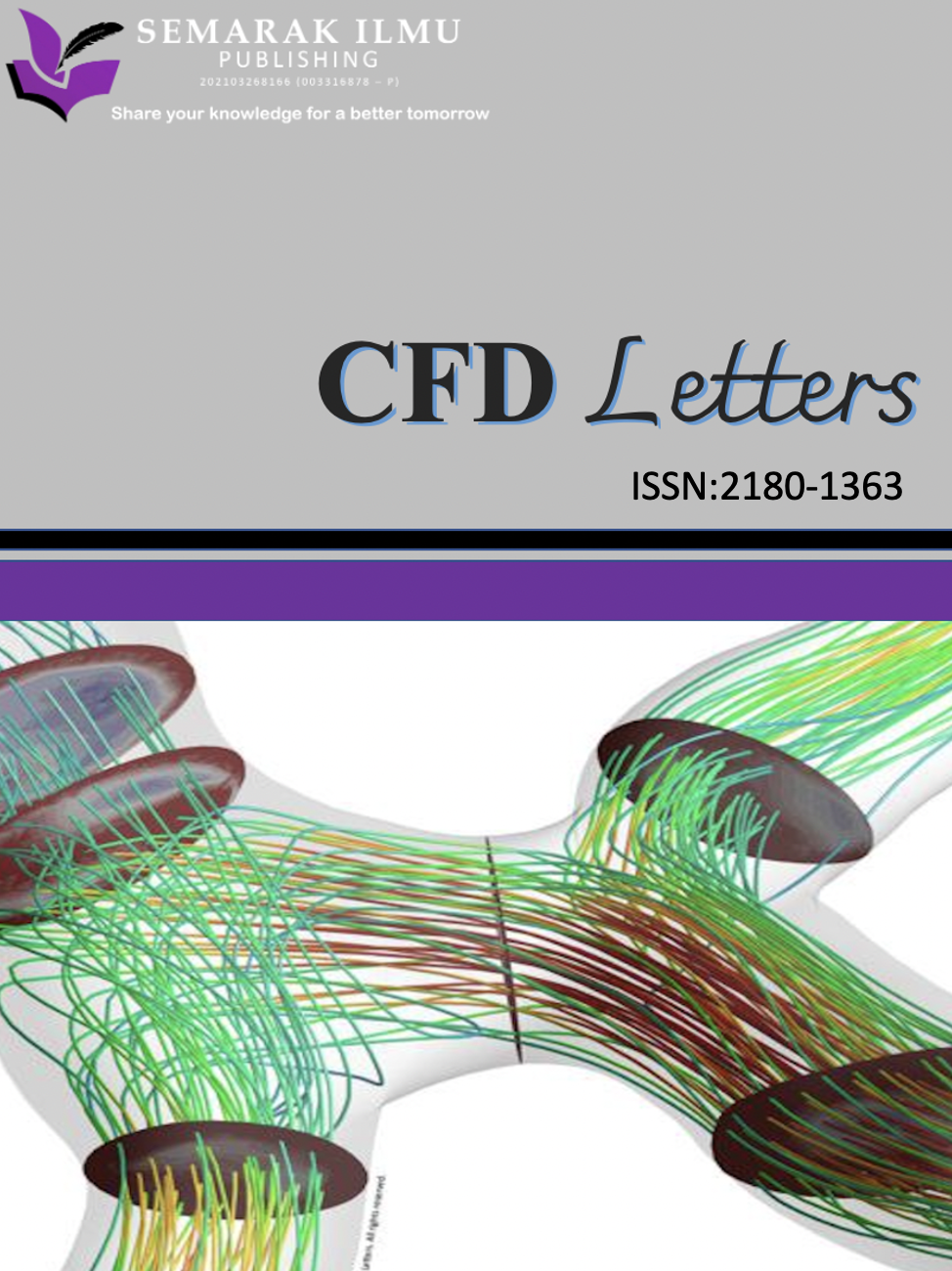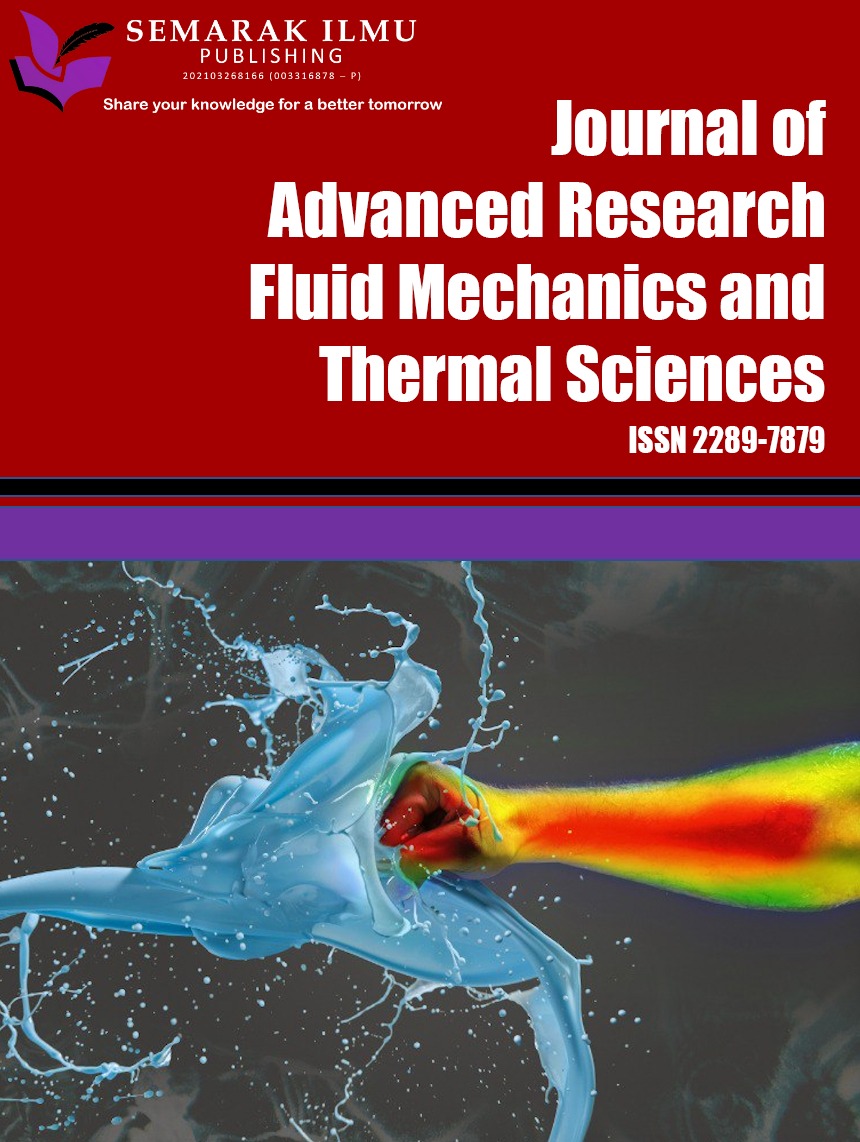Control of Suddenly Expanded Flow Using Quarter Rib for Area Ratio 4.84 at Mach 2
DOI:
https://doi.org/10.37934/arfmts.19.1.129Keywords:
Skin-friction drag, wave drag, base drag, nozzle pressure ratio, L/D ratioAbstract
Occurrence of sudden expansion is widespread in the defense and automobile industry. At the blunt base of the fuselage, missiles, projectiles, and aircraft bombs, the flow gets separated at the base and forms low-pressure recirculation, leading to a significant increase in the base drag. This paper addresses how this low base pressure at the base can be controlled. A detailed numerical study was conducted to assess the impact of the quarter circle as a passive control mechanism in a suddenly expanded flow for an area ratio of 4.84 at Mach M = 2.0 for various rib radii ranging from 1 mm to 4 mm, the different duct lengths from L = 1D to 6D at different nozzle pressure ratio ranging from 3 to 11. The findings of this study show that a 1 mm rib is inadequate to impact the flow field inside the duct. Passive control in the form of a quarter circle rib seems to become effective once the nozzle flows under a favorable pressure gradient. However, the remaining rib radii effectively reduce the suction created at the base of the recirculation zone. It is found that the rib radius of 4 mm when placed at 66 mm at the base, results in a maximum rise in the base pressure, and the base pressure ratio attains a value of 3.4. These results are case sensitive; hence, one has to make a final decision about the rib radius, rib location, and the level of expansion based on the end user requirement.
Downloads
